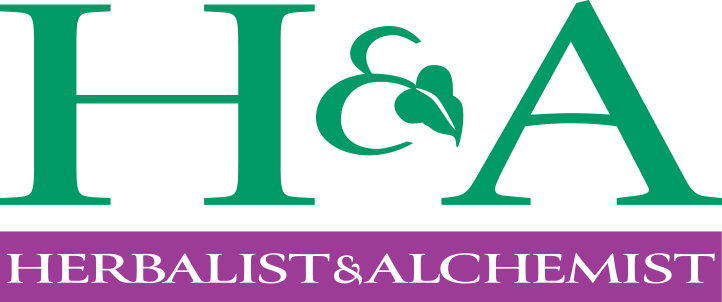How did you first become interested in herbs and what path led you to David’s center for the herbal studies course?
I first met David in the early 1980s. I was
at a crossroads in my life where I was looking at changing
my career path. I had been doing social work, working in the
prison system and working with adolescent girls in a group
home. And, while I was enjoying this work, I was interested
in helping people in a different way, something bigger and
deeper.
I was living in Boston at the time. My friend
Katie had heard about David’s herbal studies program and
specifically about a course that he was offering on Swann’s
Island in Maine. We signed up for the course, which was held
on a beautiful, pristine island. It was really a wonderful
experience from so many standpoints and, for me, the
beginning of a 30 year career in holistic health.
But the best part of the experience was being
introduced to David and his way of approaching plants. Of
course, I had never experienced anything like this before.
As you know, David has intuitive relationships with plants
as well as an incredibly knowledgeable mental database of
the plant world. So, he has both right brain—deep
understanding and left brain—academic knowledge.
I remember the first day of being on Swann’s
Island, he convinced us that we—all of us—could
communicate with plants telepathically. In order to prove
this, he sat each of us down in front of a plant that we had
never seen before and he asked us to spend an hour with the
plant and said that the plant would talk to us and would
tell us what it was used for.
Although we were very skeptical at first, we
were there in such a beautiful setting and so we were
willing to spend that time outdoors communing with our
plant. And, in fact, at the end of the hour when we all came
back together, it turned out that everyone had gotten it
right. We were all 100% correct about our plant.
How has your training with David influenced you?
During that first trip, we would walk with
David through the forest, observing and picking certain
plants. David knew everything about every single one—where
it was commonly grown, its history, what other plants grew
around it, most of its chemical constituents (could run into
the 100s), its energetic properties and its common uses.
For me, knowing that there was a person living on planet
earth who was this knowledgeable about the medicinal
qualities of the plant world really came as a shock to me
because, before that, I was only familiar with the concept
of pharmaceutical drugs. I never really questioned where
these drugs came from, the origins of their formulations and
all of their different chemical constituents. What’s inside
a medicine or what’s inside a plant? I had never asked this
question.
And then, suddenly, here’s David, who has both
an intuitive relationship and an academic relationship to
these plants and really knows, really understands both—
their energetic nature as well as their chemical components
and what they can be used for. So, this opened up a whole
world for me and it became a kind of model for what a
holistic practitioner could be.
How do you incorporate herbs into your health care practice?
Well, I’m now and have been for almost 25 years a licensed Doctor of Oriental Medicine, Nationally Certified.
At the beginning was my study of western herbs
with David. When I began, some of the western herbalists
called it a “kitchen practice” meaning that you had a few
herbs in your kitchen and people could come and knock on the
kitchen door and say, “Oh, I have a sore throat” or “I have
a pain.” And, you would go to your little shelf of herbs,
whether it’s herbal teas or tinctures, and you would choose
something for them that would help to address the
problem.
I started that way and after a while the
kitchen practice started growing because more and more
people were showing up at the kitchen door to ask me for
herbal advice and to buy herbs. At that point I realized
that I had to make a choice about whether I was going to go
full time into some kind of holistic health career. I had
some knowledge of western herbs and I wanted to learn more,
in order to have a truly integrated holistic health
practice.
So, I decided to go to acupuncture school for
three years. This was twenty-five years ago. I learned about
Chinese herbs along the way, about homeopathy and, just
generally filled in the blanks with a lot of holistic health
information.
Now, herbs and botanicals are incorporated
into my practice every day. I have a healing center in
Miami, Florida. We have about a dozen people who work here;
different types of therapists including herbalists,
acupuncturists, massage therapists and nutritionists. Each
of us integrate western herbs into our therapy. In fact,
I’ve designed a holistic training program that introduces 21
single herbs and 21 herbal combinations, all from Herbalist
and Alchemist.
We also use Chinese herbs. I would say that we probably spend several thousand dollars a month on western and Chinese herbs.
